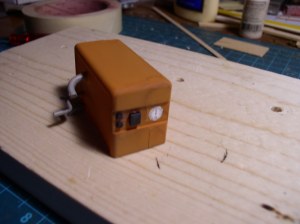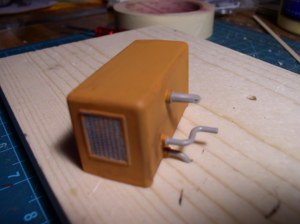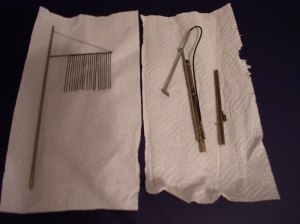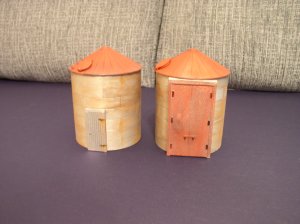In scanning other generalized modeling forums, I note that there are modelers who are having great difficulty finding some decent supply sources these days as some of the older ones dry up along with the steady decline in local shops most of whom cater more to HO and N Scales. I have tried to help various individuals by replying with suggestions, but find my answers buried under other replies. The worst is the OGR Forum that eliminates links to sources if they are not direct advertisers in their magazine. I have dropped posting to that forum after being deleted several times and finally discovering the real reason.
Today I would like to mention two different sources that may be of value to you as they are to me. The first is:
NORTHEASTERN SCALE LUMBER. This is an older firm now under new ownership. The new owners have brought back all the O Scale Size wood strips, sheets and car part profiles. Since I still like to build in basswood, I would also mention that they have introduced a very good wood glue with modeling characteristics It is called Pink Flamingo Glue. Try some if you are unfamiliar. The company has also added corrugated sheet metal and some other things into the line. Check out their catalog at;
http://www.northeasternscalelumber.com
PRECISION SCALE MODEL ENGINEERING. This firm has also been around for years, but they do not advertise in the model press and therefore tend to lie under the radar. The current catalog is about an inch thick and is a veritable treasure trove of model building materials and tools. Motors and gearing of all types are available for experimenting. If you are frustrated with your current sourcing, give them a try. They do not have a web catalog but the printed one is great to have on the bench. The cost of the catalog usually can be refunded with the first order.
This is a bit of departure from the regular blog, but if you are a die hard modeler like me, I’m sure you will enjoying knowing these two new/old sources.
Ben























